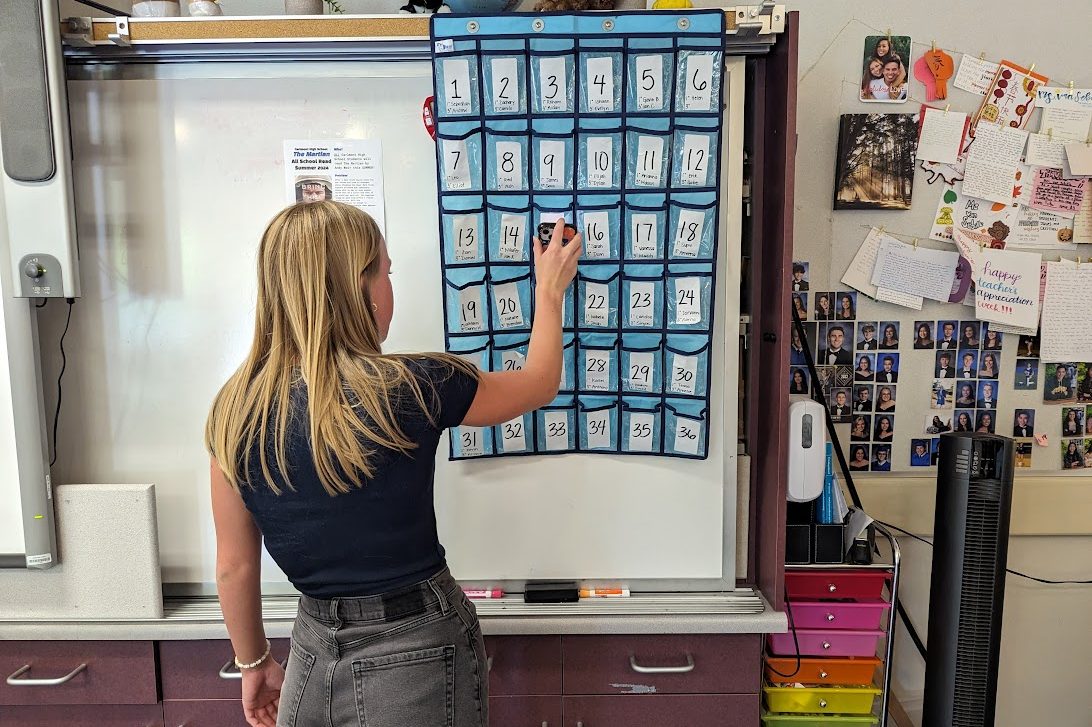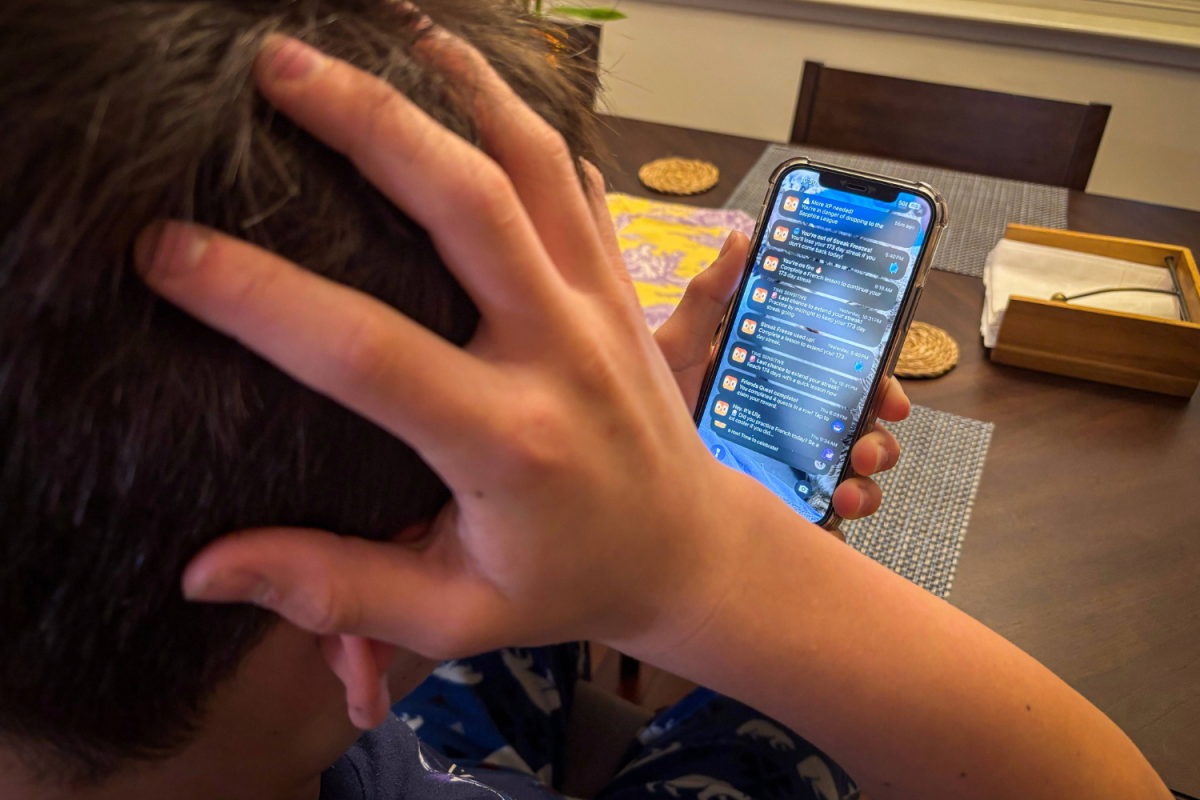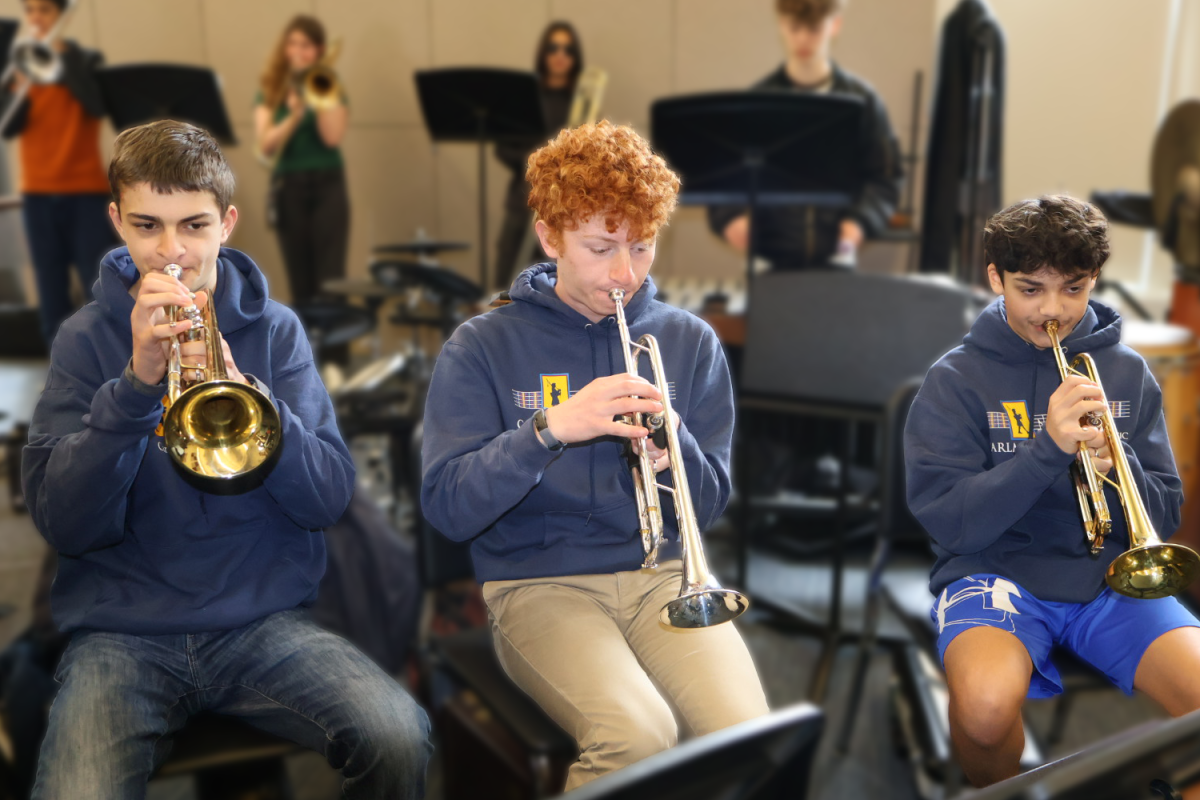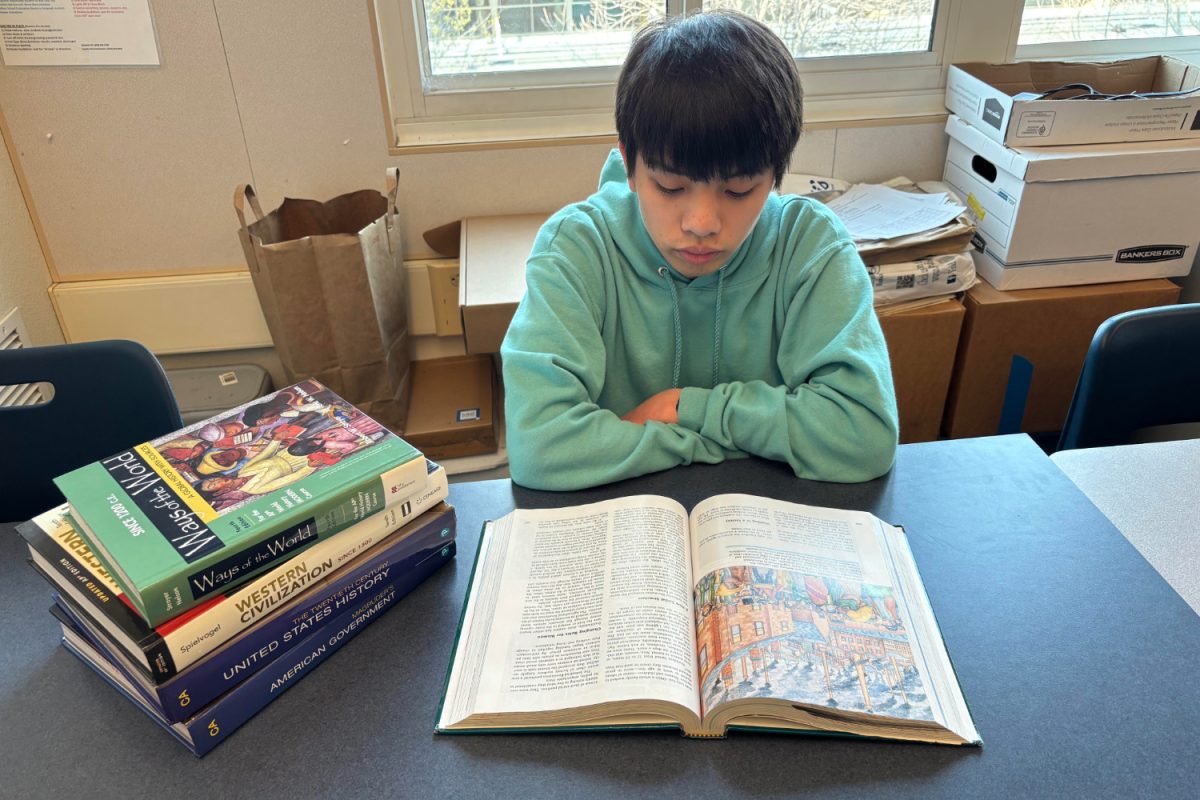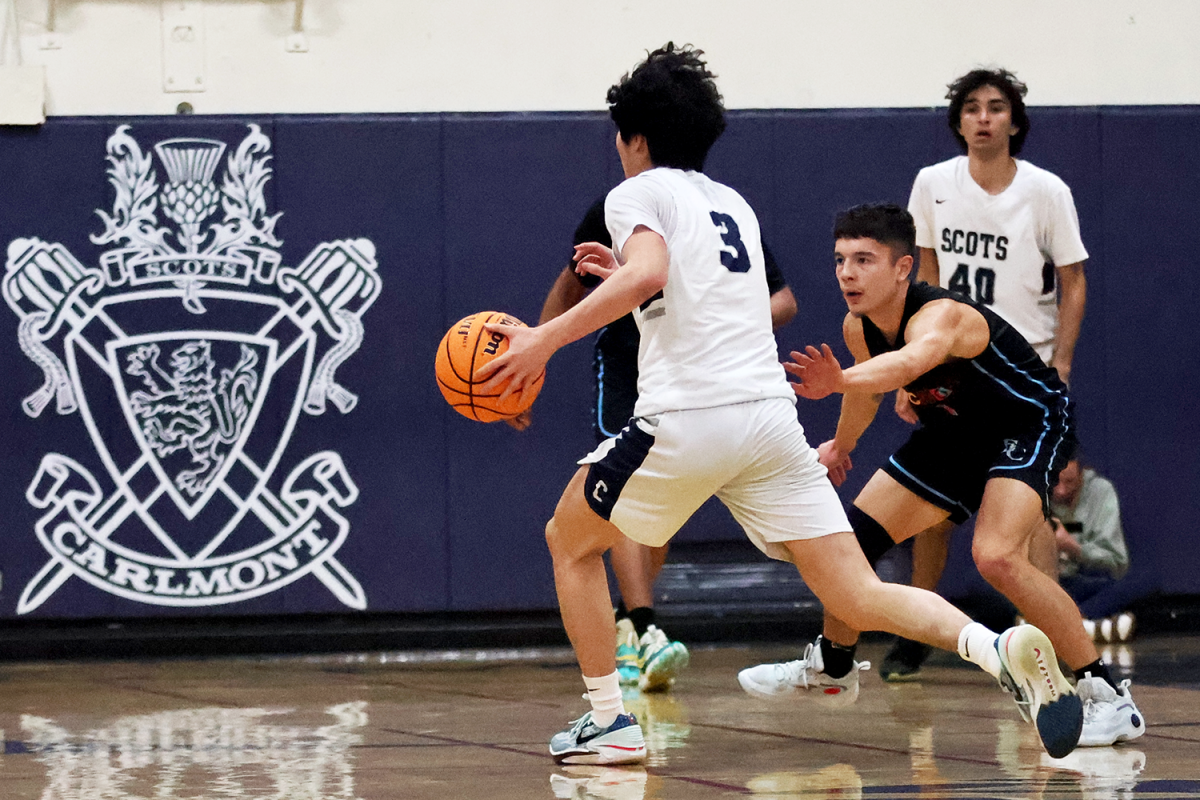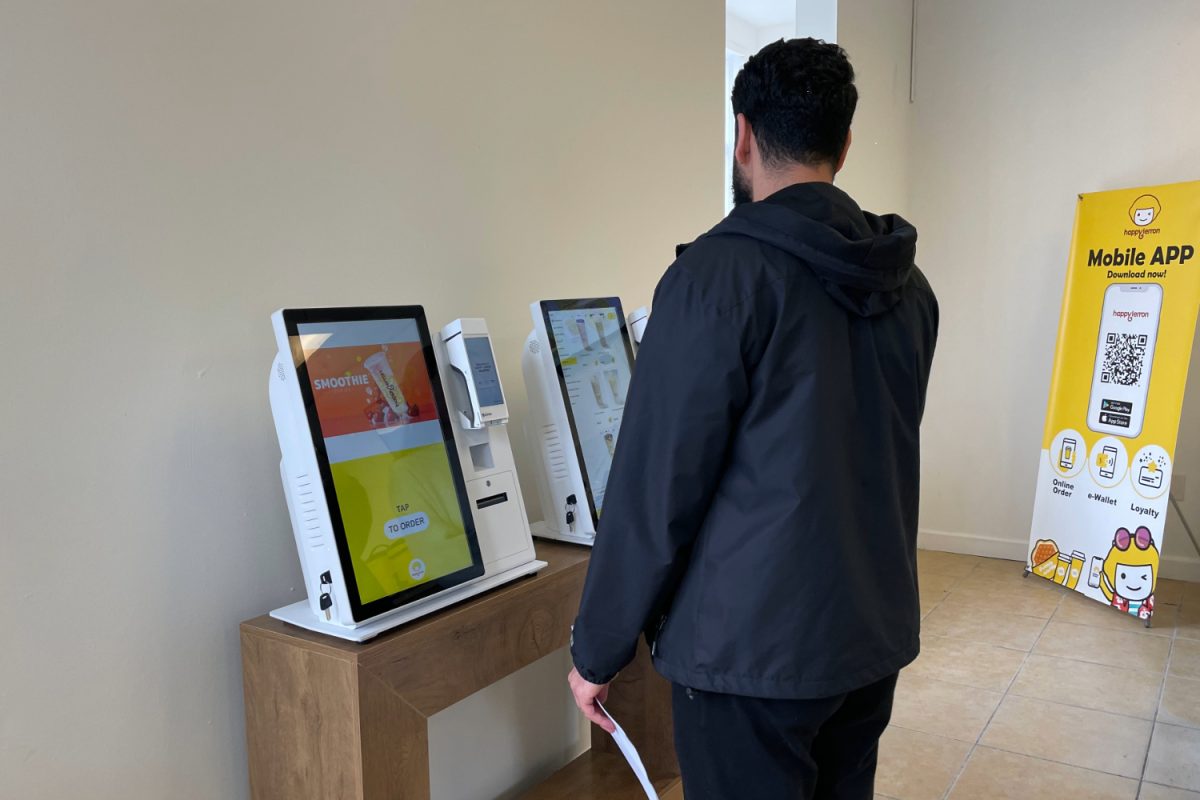The debate over the benefit of cellphones and their pervasiveness in everyday life is not a new conversation. While they obviously have had many positive impacts, a place where cell phone usage needs more attention is in schools.
Research shows that phones are incredibly distracting, especially when students are trying to focus on schoolwork. Even having them on the desk next to you decreases productivity due to the distractive nature of notifications, according to researchers from the Harvard Business Review.
The National Center for Education Statistics finds that while 77% of schools in the U.S. say they ban phones for non-academic use, this primarily takes the form of an agreement for students to keep their phones turned off in their backpacks.
Unfortunately, this is often ineffective, and many cannot resist the temptation of taking their phones out when they think the teacher is not looking. Catching and punishing students on devices wastes valuable class time, and thus, it is time for schools to move to stricter and more effective policies.
Many classrooms have implemented cell phone pockets, where students can deposit their cell phones at the beginning of class and pick them up once they leave. These have helped students stay more focused and on top of classwork. Virtually all technological activities relevant to class can be effectively accomplished on computers, diminishing the need for a reliance on phones.
Regardless, with phone pockets, students can access their phones at teacher-permitted times for any specific, necessary activity; otherwise, they can leave their phones there to maximize classroom engagement.
The National Parents Union finds that a more specific concern voiced by parents is that they will be unable to contact their children if they don’t have their phones. With the prevalence of gun violence in the U.S., school safety is a common worry motivating this concern, as well as overall parental desire to communicate with their kids about transportation or after-school activities.
However, this is not the black-and-white situation it is made to be. According to the National Center for Education Statistics, the average school day at a high school in the U.S. is seven hours long, with classes ranging from 45 to 90 minutes. Thus, this is the maximum time students will be without their phones, unable to contact their parents.
With the phone pocket solution, they can still access their phones between classes and at lunch and message whomever they please. This is sufficient time for any necessary communication while improving classroom focus.
Additionally, the phone pockets are accessible, hung on the walls in classrooms where everyone can reach them. In the event of an emergency, students would be able to collect their phones efficiently and contact their parents. Thus, safety concerns do not need to be a barrier to using cell phone pockets.
Overall, cell phones are incredibly useful communication devices but do not belong as distractions in the classroom, and teacher implementation of stricter policies will benefit everyone involved.

